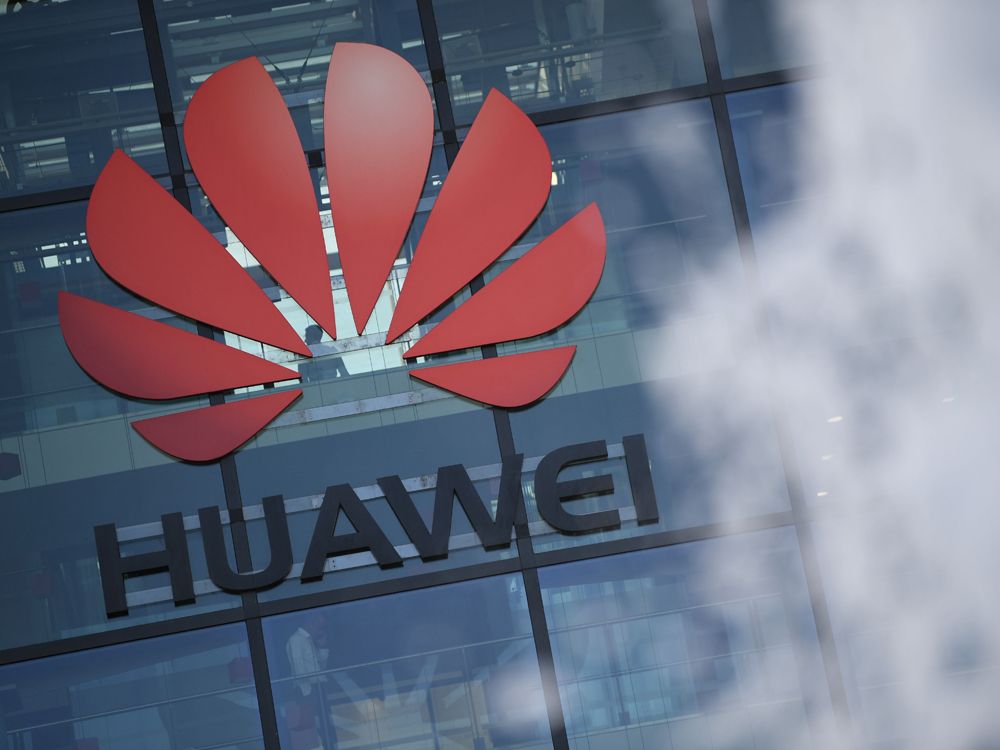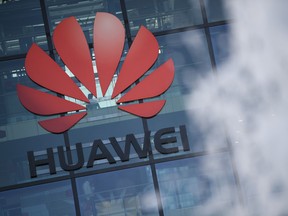Five things you need to know about Ottawa’s decision to ban Huawei from 5G networks

Financial Post’s Barbara Shecter breaks down the impact of the ban on 5G, Huawei’s future in Canada, and much more

Article content
On Thursday, Ottawa announced it is banning China’s telecommunications equipment giant Huawei Technologies from 5G wireless development in Canada over security concerns, putting an end to a years-long debate that has roiled the telecom sector. The Financial Post’s Barbara Shecter breaks down five things you need to know about the decision, from its impact on 5G to Huawei’s future in Canada.
Advertisement 2
Story continues below
Article content
How does the ban change things for the Big 3?
As of right now, Ottawa’s declaration is not expected to have a material effect. When the debate initially flared up, the telecom sector was split, with Rogers Communications Inc. having announced it was partnering with Swedish tech giant Ericsson and Bell and Telus planning to partner with Huawei on their 5G rollout. But, as the federal government began to study whether to ban Huawei from wireless network upgrades and some of Canada’s major allies, including the United States and United Kingdom, took steps to curtail the Chinese company’s participation in their markets, pressure grew on Bell and Telus. In 2020, both announced that they were dropping Huawei and choosing other partners. As a result, they’ve had a couple of years to plan for a 5G future without Huawei.
Advertisement 3
Story continues below
Article content
Will it slow the roll out of 5G?
Again, not really. Since they changed partners, the Big 3 have moved ahead with their rollouts. While neither Bell nor Telus responded to a request for comment, a spokesperson for Rogers confirmed the ban “has no impact on our plans and deployments.” Industry watchers say any delay in the rollout in Canada would more likely be caused by a “bottleneck” in wireless spectrum auctions, noting that Canada is behind other countries including the United States when it comes to allowing telcos to bid for new spectrum. The COVID-19 pandemic delayed a planned 5G spectrum auction for six months, pushing it to June of 2021. Last December, Innovation, Science and Economic Development Canada (ISED) sought comments on policy and licensing considerations — including auction format, rules and processes, as well as on conditions of licence — for the next round of spectrum in the 3800 MHz band.
Advertisement 4
Story continues below
Article content
What does it mean for existing 4G networks?
This is more complicated. The federal government has set a 4G de-commission deadline of Dec. 31, 2027, meaning any Huawei equipment must be removed by that date. For Telus and Bell, that could be an issue, as they have relationships with the Chinese provider dating back to 2008. In its latest annual report, Telus noted it had “chosen to replace many of the Huawei products” in its network with “enhanced” equipment from 5G suppliers Ericsson, Samsung and Nokia. However, Telus said some of the components it removed would be used as replacement parts on the rest of the network as required, “thus ensuring a supply of necessary materials.” During the government’s review of Huawei, Bell and Telus pushed to receive compensation if they were required to remove technology, but the idea has not been embraced by Ottawa so far.
Advertisement 5
Story continues below
Article content
-

Canada bans China’s Huawei, ZTE from 5G networks
-

Globalive strikes network deal with Telus to boost its chances to buy Freedom
-

Federal Court denies Telus bid to block Quebecor’s $830M spectrum purchase in western Canada
Early estimates suggested removing the Huawei equipment could cost the companies up to $1 billion, but industry watchers indicated that since Bell and Telus have been weaning off Huawei since they switched to other network partners — and have five years until the decommissioning deadline — the cost is likely to be much lower. Getting rid of the remaining 4G equipment isn’t expected to change the capital expenditure trajectory of either company, according to one analyst. A former telecom executive added that the banned equipment is likely to be obsolete by 2027, meaning there would be no business case for leaving it in place in any event.
Advertisement 6
Story continues below
Article content
What about smaller telecoms and internet-service providers?
Huawei offered smaller, rural players an inexpensive option in a tough business, and telecommunications analyst Mark Goldberg says they are the most likely to suffer from the ban announced this week. “Small rural wireless ISPs (internet service providers) are using affected 5G gear for fixed-wireless access,” he said, noting that a combination of “great price” and “great technology” led many to choose Huawei. “These little rural companies have challenging business cases as it is, and now have to rip and replace their network gear on an accelerated schedule,” Goldberg said. The CEO of Iristel, which partnered with Huawei on 3G and 4G networks in Northern Canada, told the National Post in an earlier interview that it would be “catastrophic” for the company if it was required to rip out existing equipment.
Advertisement 7
Story continues below
Article content
What about Huawei’s other pursuits in Canada, such as R&D funding?
It is unclear how Huawei and its research partners will respond in these areas. In February of 2019, as Ottawa was considering banning Huawei from participating in 5G development, the company announced a 15 per cent boost to its $180 million R&D spending in Canada and pledged to add 200 high-paying jobs. At the time, the company’s chairman, Dr. Liang Hua, said the moves were not specifically tied to participation in 5G development in Canada. Through a translator, he told journalists that he had “faith” in political leaders “to make smart decisions … and not let good technology go to waste.” Among the concerns that arose as the Canadian government considered banning Huawei from 5G was the impact that could have on research and development partnerships with universities across the country, which included projects aimed at the development of advanced communications technologies including 5G. On its website, Huawei estimated that about 10 per cent of the company’s annual R&D investment in Canada went directly to research partnerships with Canadian research institutions.
• Email: [email protected] | Twitter: BatPost
Advertisement
Story continues below








